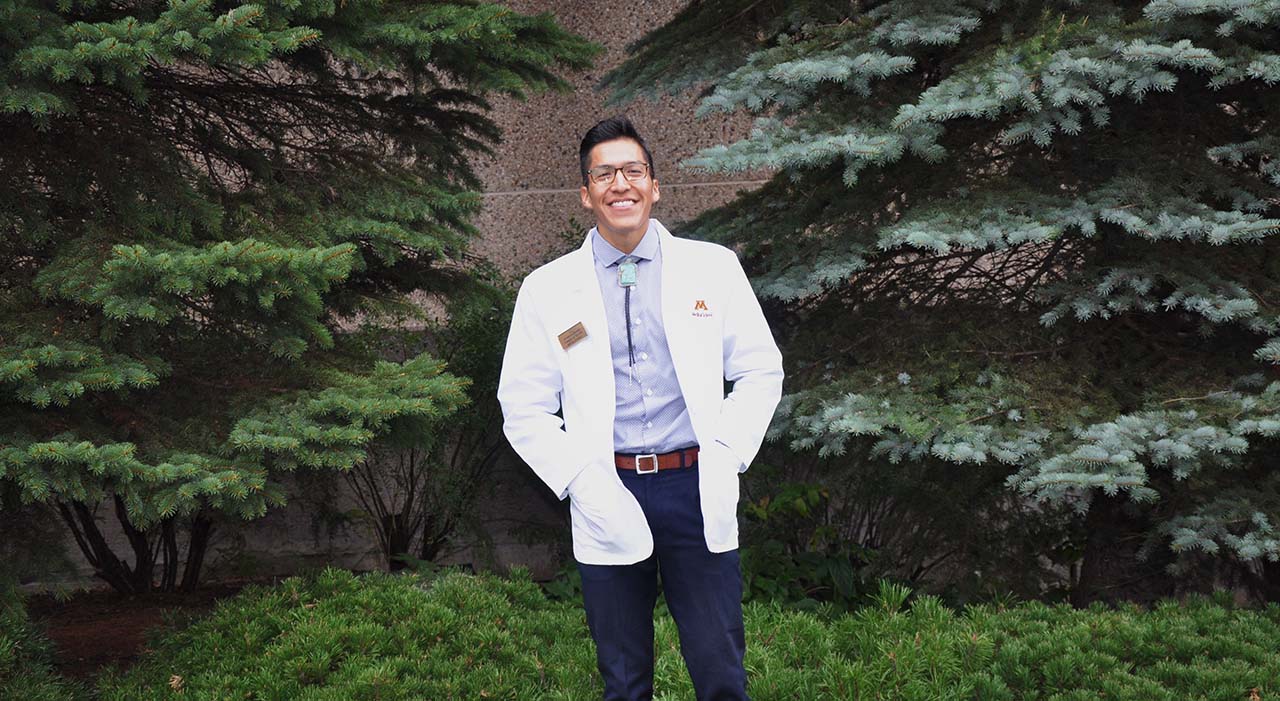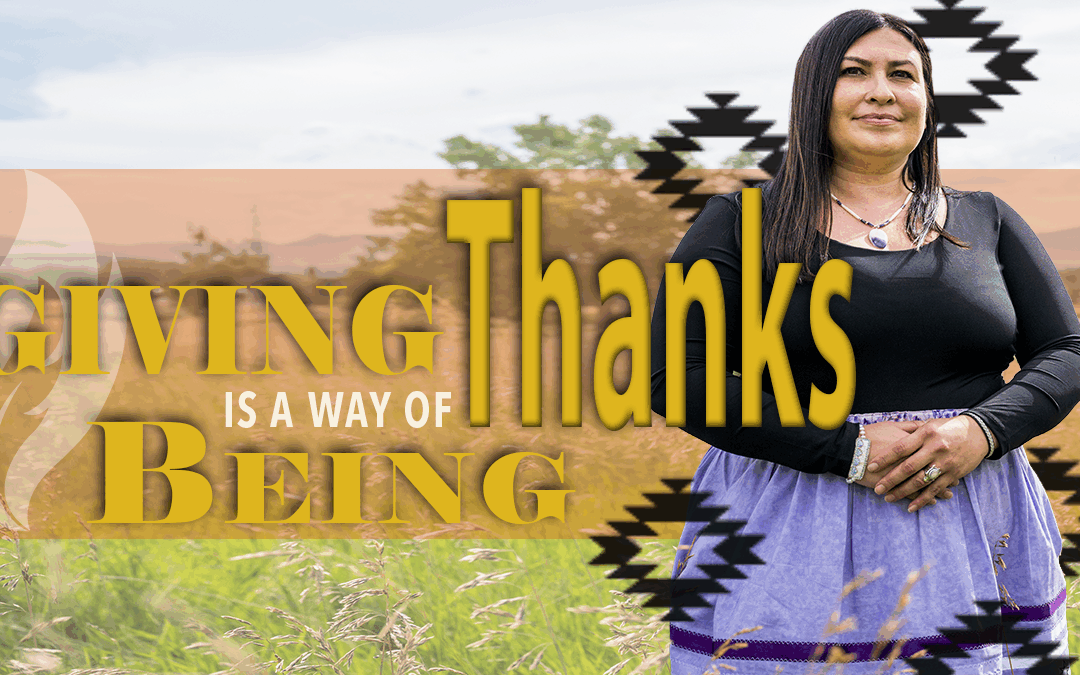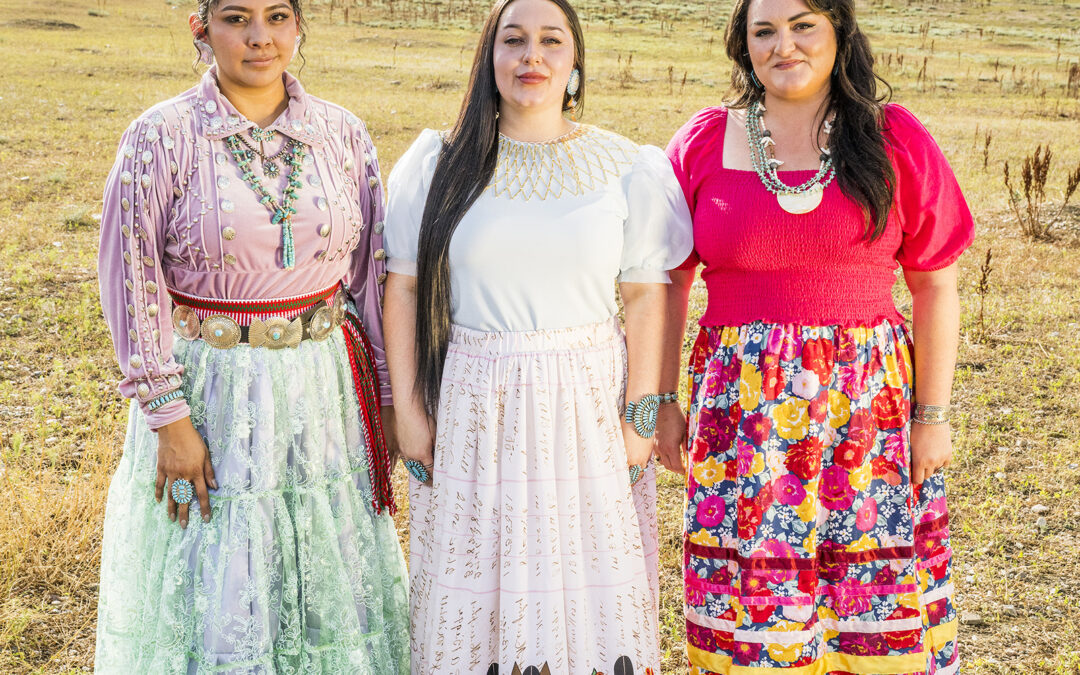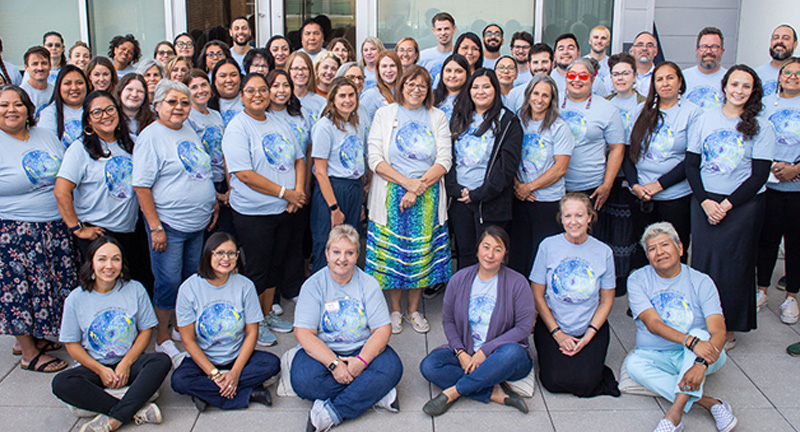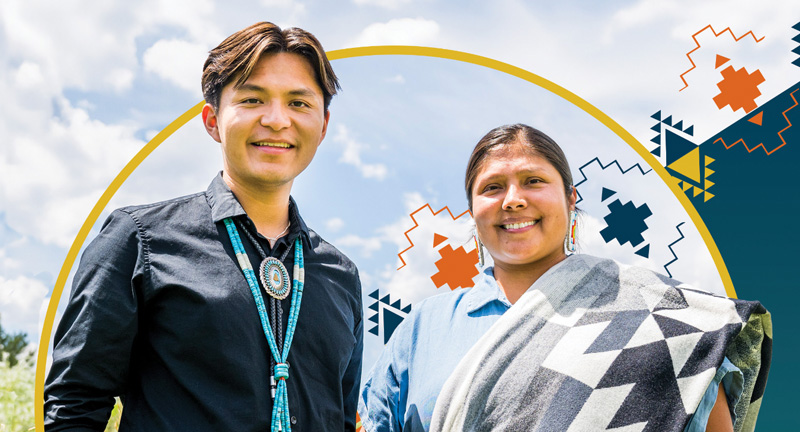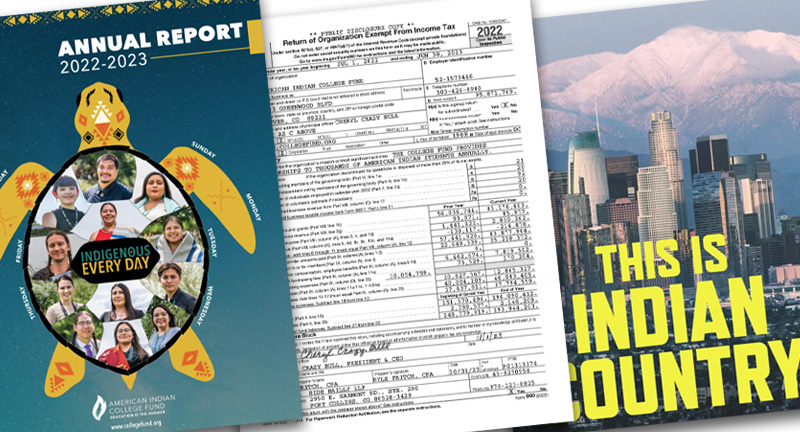What do some pre-medical students do during gap years before starting medical school? What can be learned during this time? How can it impact a career? This is one story.
My name is Casey Smith and I am Diné (Navajo). My clans are Honágháanii (One Who Walks Around) and Tsi’naajinii (Black Streak Wood People). I grew up in New Mexico where the red rocks and sagebrush are bountiful, and moved to the luscious green (in summer) and frigid (in winter) climate of the Midwest where I am a third-year medical student at the University of Minnesota.
I decided to pursue medicine in the latter part of my undergraduate career. Early in my education I struggled and questioned my ability to be in medicine. Fortunately, I was able to find other Native pre-medical students, medical students, and physicians that provided inspiration and gave me the confidence that this journey was possible for a Native person.
As I was wrapping up my last year of undergraduate studies I knew I was going to take time off to study and sit for the MCAT. I was unsure what the rest of my year off would entail, but I knew I wanted it to include the three following things:
- Be related to medicine in some capacity;
- Support my growth as a recent graduate; and
- Serve Native communities.
A high school mentor mentioned that Partners in Health (PIH), a global health organization, was working with the Navajo Nation. I did some quick research and found Community Outreach & Patient Empowerment –a PIH site. Lo and behold they were searching for a research intern.
I joined PIH and conducted qualitative research with another intern to understand the core aspects of what built and sustained a relationship between community health workers (CHWs) and their patients to promote health. During this time, I also supported the development of a youth leadership program to help high schoolers become public health advocates in the community.
In my second year with PIH, I coordinated a cancer program to support a community-led group of Navajo cancer survivors to guide programmatic and research initiatives; conducted an annual cancer survivorship conference; and developed a culturally relevant health education module that could be used with patients by CHWs.
I could not be more grateful for those two years before medical school. They provided an opportunity to build skills in programming and research. More importantly, they revealed an area of healthcare that I had not been aware of before.
My experience taught me about the vital connection between public health and medicine. I was able to learn about the strengths and challenges of my community that may not have been apparent in the clinical setting. I built lasting relationships with community members and organizers that continue to be mentors and support my career growth today. My experience provided a perspective that has shaped how I view medicine as a medical student and how I interact with patients—a perspective that would be impossible without those gap years.
If you are a student interested in attending medical school with an interest in public health or community-based participatory research, you might consider taking a gap year or years. My experience allowed me to see medicine with a different lens and bring a skill set and expertise to an academic program. These experiences enhanced my education and that of my peers.
by Casey Smith (Diné), medical student at the University of Minnesota

